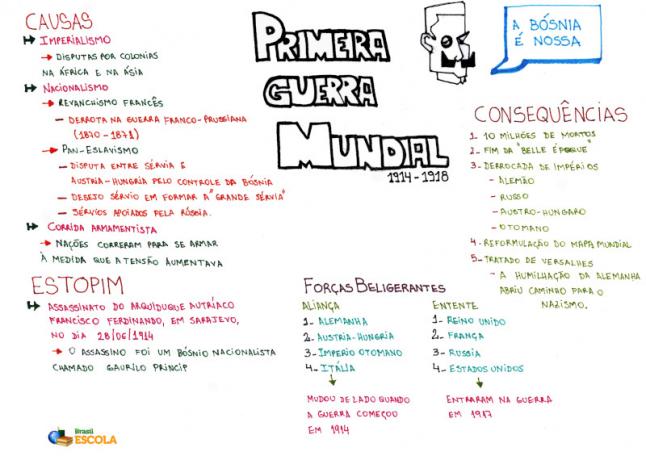The purpose of First Crusade (1096-1099) was, according to the initial interest of the Catholic Church, to reconquer the city of Jerusalem which was in Muslim hands. The Palestinian city was a place of pilgrimage for Christians, who went there with the intention of visiting the burial place of Jesus Christ. With the conquest of Jerusalem by the Seljuk Turks and the advance of their armies, the Church of Rome, led at the time by Pope Urban II, called on the European Christian faithful to take the city. It also intended to reduce social conflicts on European soil caused by population growth and the marginalization of large strata of the population.
The official First Crusade was led by Godofredo de Bulhão, Raimundo de Toulouse and Boemundo. Because it was led by these members of the European aristocracy, the First Crusade was also known as Nobles Crusade. Crusader regiments left several European regions in 1096, mostly overland, bound for Jerusalem.
During the journey, the Crusaders passed through Constantinople, where they obtained support from the Byzantines for the fight against the Turks. They also conquered the cities of Nicaea, which came under Byzantine control, and Antioch, reaching Jerusalem in late 1098.
Do not stop now... There's more after the advertising ;)
After bloody battles, the Christians managed to conquer the holy city the following year. With this retaking of the pilgrimage site, the Christians formed the Latin Kingdom of Jerusalem, organizing it with a feudal structure, keeping under the kingdom the localities of Armenia Minor, the Principality of Antioch and the county of Tripoli.
This victory enabled the reopening of the pilgrimage route to Jerusalem, as well as the creation of monastic orders such as the Hospitallers, whose objective was to provide medical assistance to pilgrims in a place close to the Holy Sepulcher, and the order of the Templars, which aimed to protect the faithful in pilgrimage.
The conquest of Jerusalem did not last long, as the Turks reorganized to take the conquered territories. However, the most important consequence was that the crusades opened up great prospects with the return of contact with the Eastern world. The result, throughout the 12th and 13th centuries, was the reconquest of the maritime and trade routes of the Mediterranean Sea, driving profound transformations in the medieval world.
By Tales Pinto
Graduated in History
Would you like to reference this text in a school or academic work? Look:
PINTO, Tales dos Santos. "First Crusade and the Conquest of Jerusalem"; Brazil School. Available in: https://brasilescola.uol.com.br/historiag/primeira-cruzada-conquista-jerusalem.htm. Accessed on June 27, 2021.

